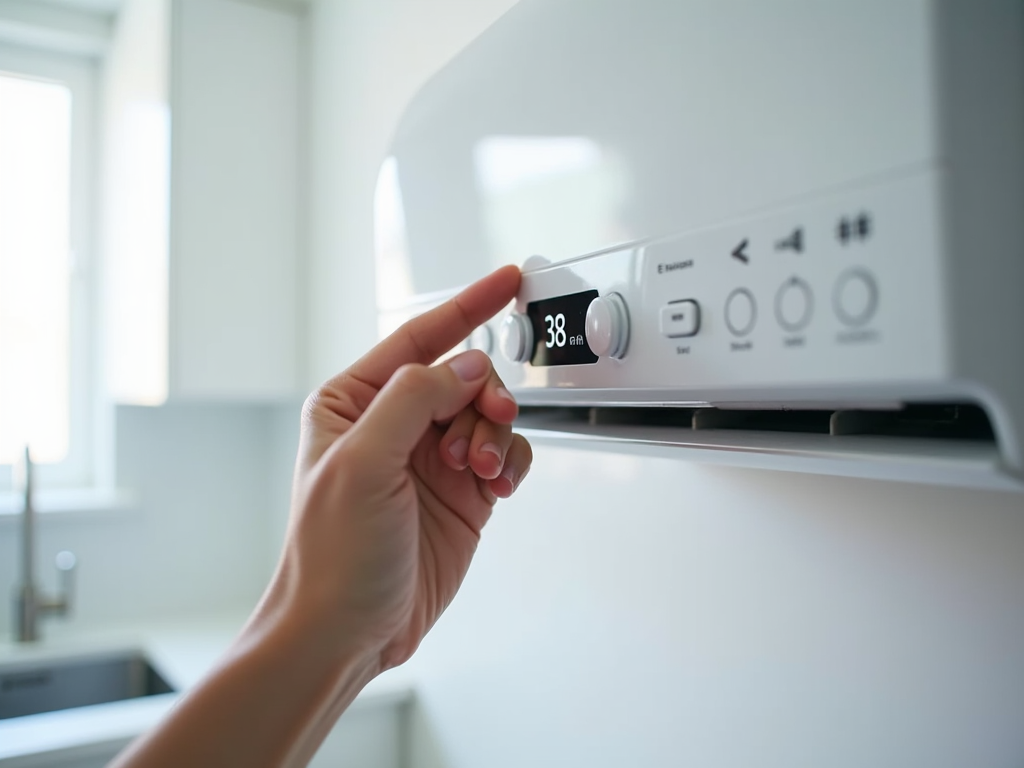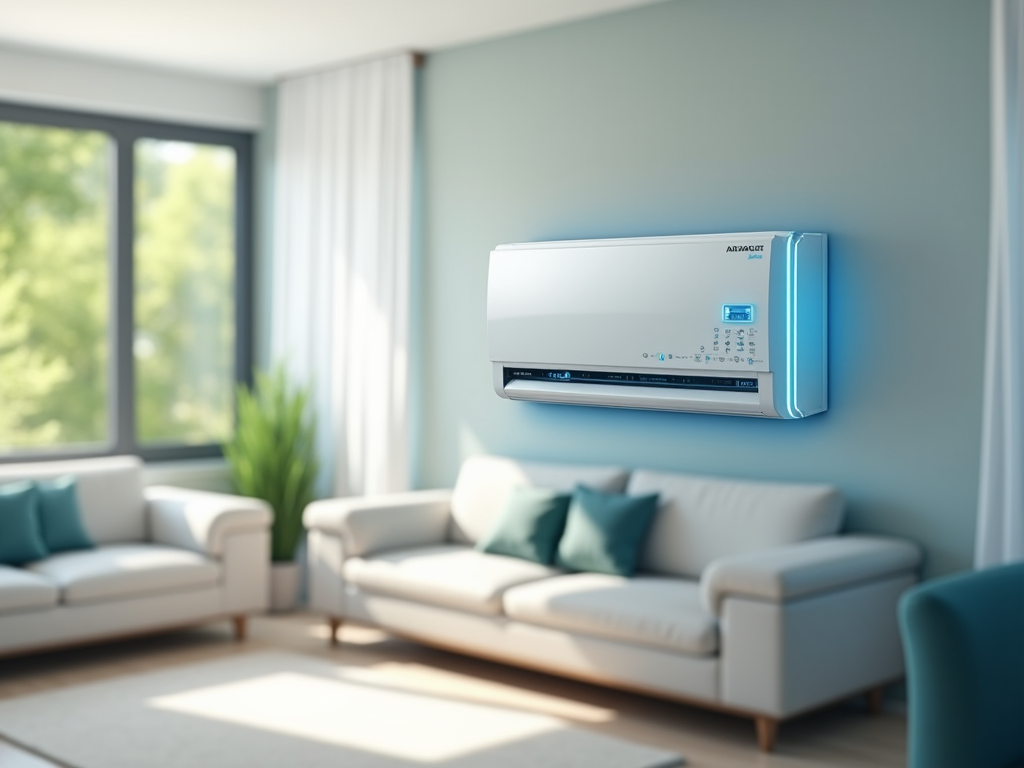Air conditioning units have integrated various modes that provide greater flexibility and efficiency. Knowing how to utilize these modes not only enhances comfort but also aids in energy conservation. Many people rely on their AC units to maintain a consistent indoor climate throughout the year. However, understanding what each setting does can transform a basic appliance into a smart climate control system. With advanced electronics today, these units can adjust to changing environments seamlessly. This article will delve deep into the various modes available on your air conditioner and their specific functions.
Understanding the Basics of AC Modes

While air conditioners primarily serve to cool indoor spaces, they come equipped with an array of settings designed for multiple purposes. Each mode caters to specific needs, whether it’s a scorching summer day or a mild fall evening. Knowing how to switch between settings allows you to maximize both comfort and energy efficiency in your home. The more informed you are about your unit, the better you can manage your heating and cooling costs. Below are some essential AC modes that you should be familiar with!
- Cool Mode: For cooling rooms during hot weather.
- Fan Mode: Circulates air without cooling.
- Dry Mode: Reduces humidity without significant cooling.
- Heat Mode: Heats during colder months.
- Auto Mode: Automatically adjusts settings based on conditions.
Cool Mode

Cool Mode is arguably the most recognized setting on an air conditioner. This mode works to lower the room temperature, making it particularly beneficial during heatwaves. The AC unit operates at full cooling capacity to achieve the desired chill in your space. However, it’s crucial to understand the impact of prolonged usage on your energy bills. Finding an optimal balance in the duration of usage can reduce costs without compromising comfort. For best results, consider setting the temperature a few degrees higher to allow your AC to maintain efficiency.
| Mode | Function | Best For |
|---|---|---|
| Cool Mode | Lowers temperature and controls humidity | Hot days |
| Fan Mode | Circulates air | Mild conditions |
| Dry Mode | Reduces humidity | High humidity areas |
| Heat Mode | Heats the room | Cold months |
| Auto Mode | Adjusts automatically | Changing climates |
Fan Mode
Fan Mode operates differently than traditional cooling modes. Instead of actively cooling the air, it simply circulates the existing air within the room. This can be a game-changer on mild days when there’s no need for full cooling but a breeze is still desired. Utilizing Fan Mode can save energy and prolong the lifespan of your AC unit. Additionally, when used in conjunction with Open Windows or doors, it can bring in fresh air while maintaining a comfortable indoor environment. It’s important to know when to switch to this mode to enhance comfort without wasting energy.
Dry Mode
Designed specifically for areas with high humidity, Dry Mode targets moisture levels without significantly lowering the temperature. This is particularly useful in climates that are more humid than hot. By lowering humidity, this mode can reduce the likelihood of mildew and mold growth, improving air quality. Users may notice that the air feels cooler even though the temperature setting hasn’t changed. This feature acts as a gentle dehumidifier, allowing for a more comfortable indoor environment. If you’re living in such a climate, knowing how to utilize this mode can enhance your overall comfort levels.
Heat Mode
For air conditioning units equipped with a Heat Mode, this feature allows the device to serve as a heater during colder months. By reversing the refrigeration cycle, it can generate warmth instead of cold air. This is particularly useful as it can be more energy-efficient than traditional heating methods. Many users appreciate having an all-in-one unit for year-round climate control. However, to maximize efficiency in this mode, it’s vital to set the thermostat correctly. Understanding how this mode works can significantly reduce heating costs.
Auto Mode
Auto Mode represents one of the smartest features in modern air conditioners. It automatically adjusts between cooling, heating, and fan modes depending on current room conditions. Users need not constantly fiddle with settings; the unit takes care of climate control on its own. This not only adds convenience but also optimizes energy consumption—helping you save costs over time. By setting your preferences, you allow your air conditioner to function effectively and intelligently. Embracing Auto Mode can enhance the user experience tremendously.
Conclusion
Understanding the different modes on your air conditioning unit is crucial for maximizing both comfort and efficiency in your home. Each setting provides unique advantages that cater to various temperature and humidity conditions. Knowledge of how and when to use these modes can help you tailor your cooling and heating experiences while conserving energy. Whether you rely on Cool Mode during summer heat or appreciate the benefits of Auto Mode, effectively managing these settings leads to a more comfortable and cost-effective indoor environment. With the advances in air conditioning technology, it’s easier than ever to find the perfect climate for your living space.
Frequently Asked Questions
- What is the purpose of Cool Mode?
Cool Mode lowers room temperature and controls humidity levels. - When should I use Fan Mode?
Fan Mode is best used on mild days when cooling is unnecessary but air circulation is desired. - How does Dry Mode differ from Cool Mode?
Dry Mode reduces humidity without significantly lowering temperature, while Cool Mode actively cools the air. - What is unique about Heat Mode?
Heat Mode allows the AC unit to function as a heater, utilizing a heat pump for energy efficiency. - What are the benefits of using Auto Mode?
Auto Mode adjusts settings automatically based on room conditions, providing consistent comfort and energy savings.





